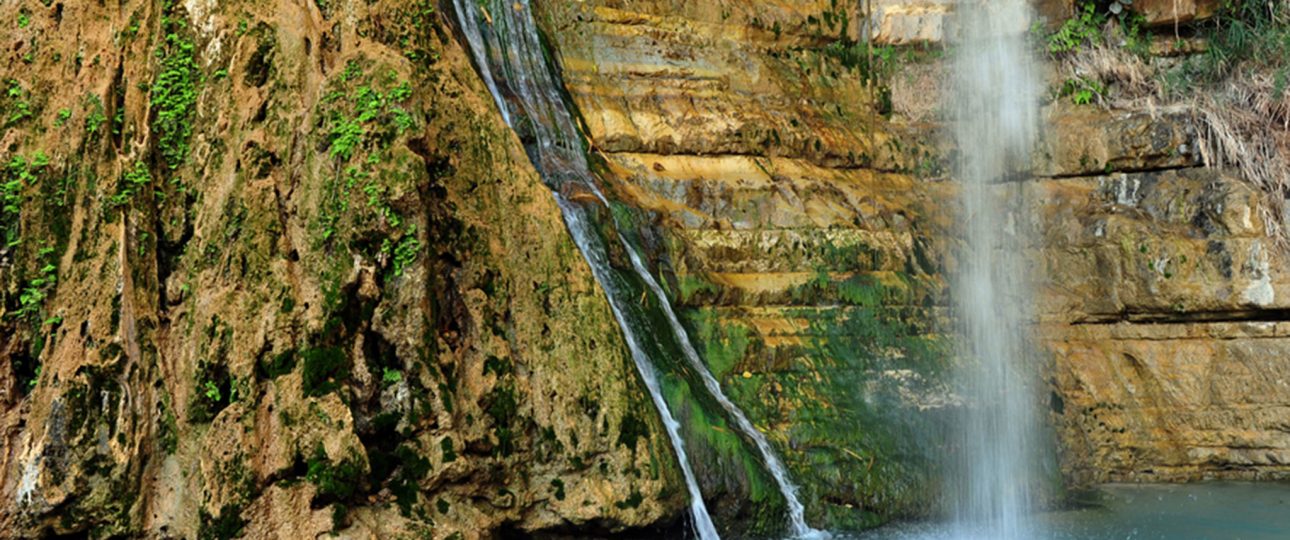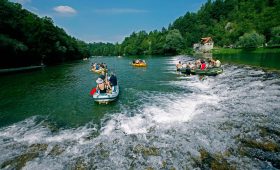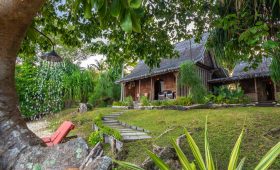Ein Gedi Nature Reserve: A Natural and Historical Marvel
Exploring the Oasis
Ein Gedi Nature Reserve, located in Israel, is a remarkable blend of natural beauty and historical significance. Situated on the eastern slopes of the Judean Desert, it borders the Dead Sea and covers an area of 14,000 dunams (3,500 acres). The reserve is famous for its lush oasis, featuring perennial springs like Nahal David and Nahal Arugot, which create a striking contrast against the arid desert landscape. These springs generate approximately three million cubic meters of water annually, supporting a diverse ecosystem.
As you explore, you’ll encounter a variety of plant species from tropical, desert, Mediterranean, and steppian regions. Keep an eye out for the Nubian ibex and rock hyrax, as well as over 200 bird species that migrate through the area during spring and fall.
Practical Tips:
- Wear sturdy shoes and carry plenty of water, as the trails can be challenging.
- Bring a camera to capture the unique flora and fauna.
- Respect the wildlife by observing from a distance and not feeding them.
Historical Significance
Ein Gedi is not just a natural wonder; it is steeped in history. The area has been inhabited since the Chalcolithic period, and it is identified with the biblical Hazazon Tamar. The reserve features several archaeological sites, including a rare Chalcolithic shrine and Iron Age remains at Tel Goren. Nearby, the Ein Gedi archaeological park houses the ruins of a synagogue from the Late Roman and Byzantine periods, offering insights into the region’s rich past.
Best Time to Visit
Visit during spring or autumn for mild weather and vibrant wildlife. Summer can be extremely hot, making it less ideal for hiking. Winter is perfect for bird enthusiasts, as migratory birds flock to the reserve.
Getting There
Ein Gedi is about 40 kilometers east of Jerusalem, on the western shore of the Dead Sea. Buses from Jerusalem’s Central Bus Station provide a convenient and scenic route to the reserve, taking roughly an hour.
Local Transportation
Once at Ein Gedi, explore on foot. The well-marked trails cater to various skill levels. For a more informative experience, consider joining a guided tour to learn about the area’s natural and historical aspects.
While Ein Gedi offers a captivating experience, be aware of the challenges posed by sinkholes due to the declining Dead Sea water levels. These geological changes have affected tourism and infrastructure, so stay informed about safety measures when planning your visit.




